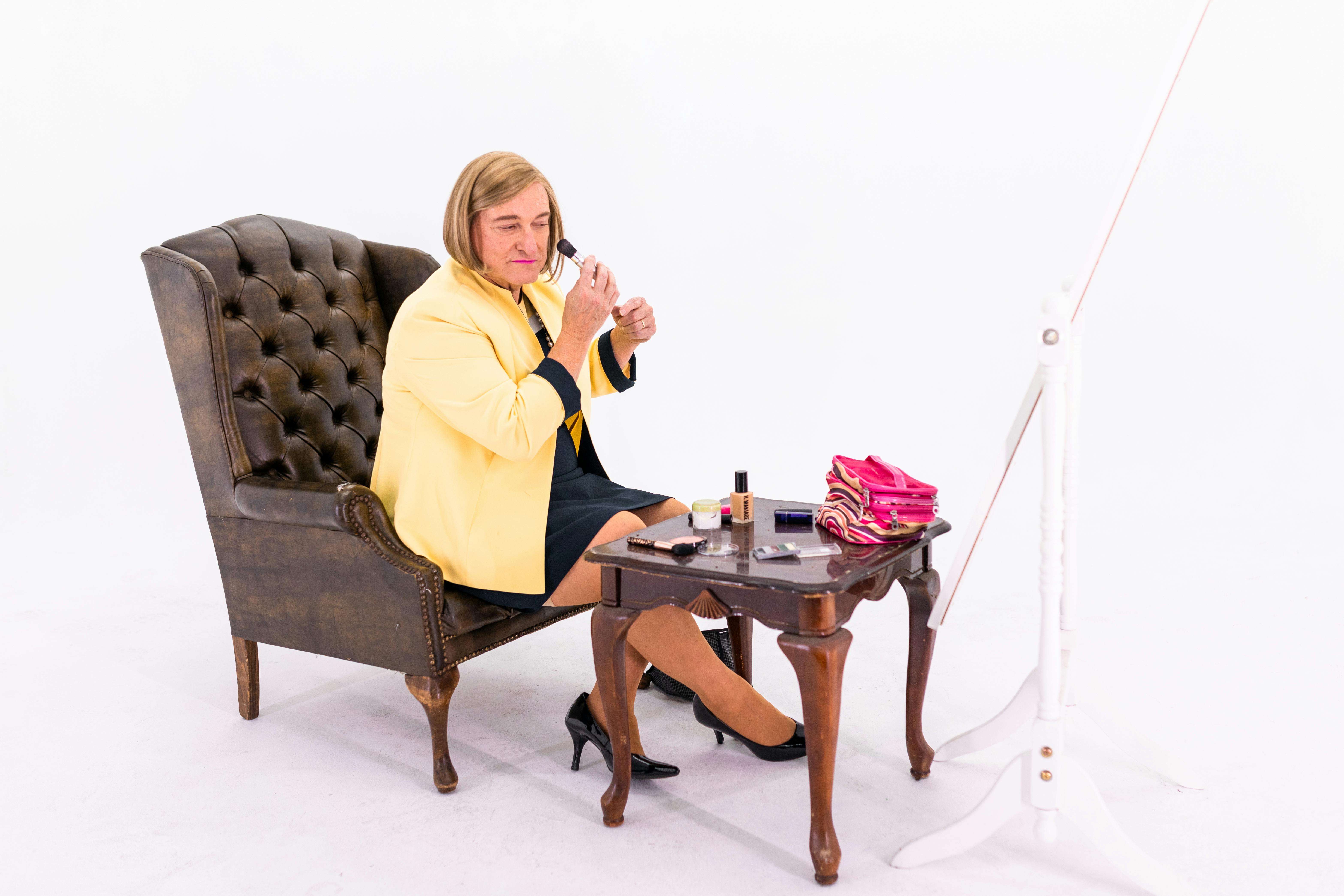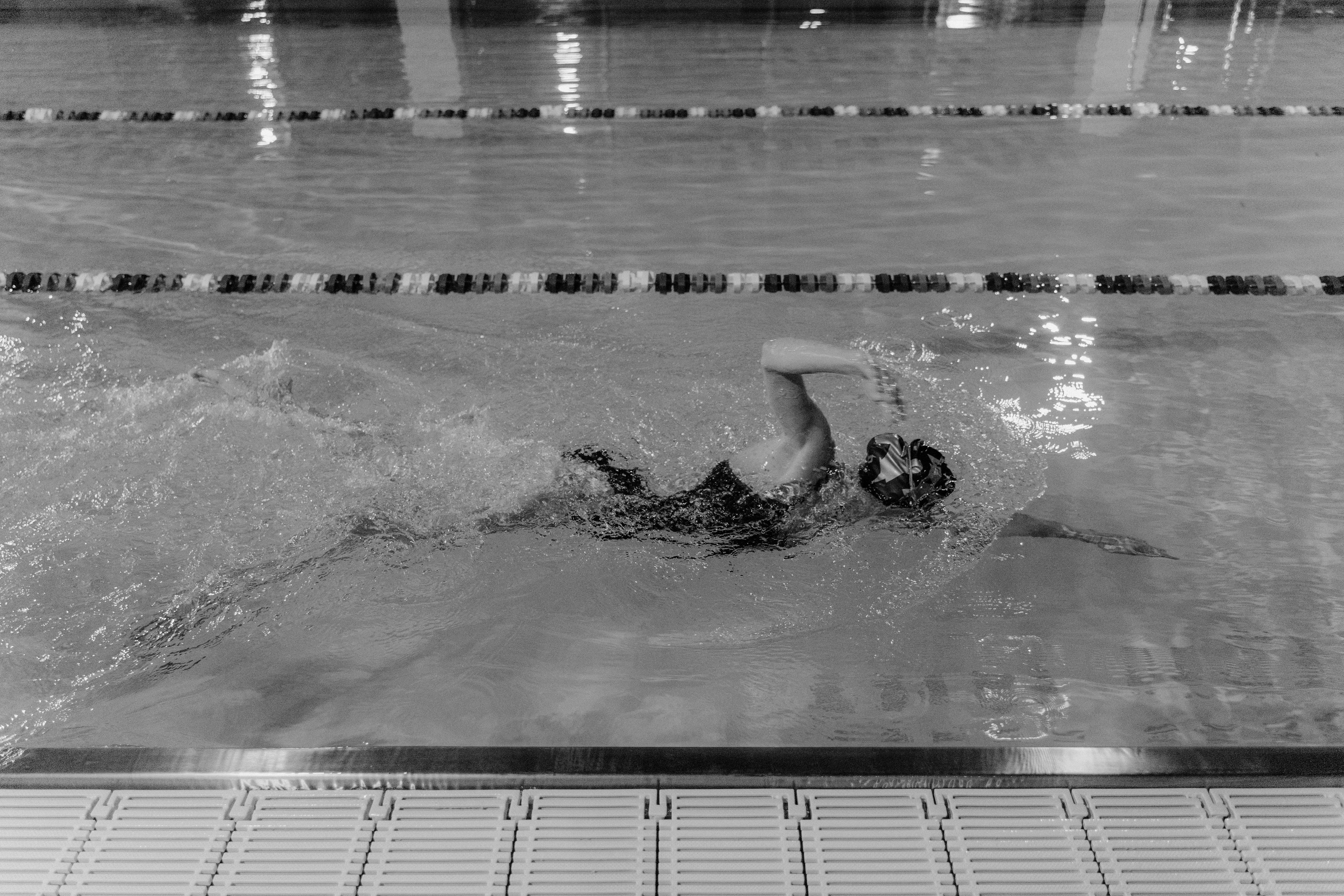The article is specifically aimed at pet bird owners and is intended to be used as a basic guide on how to properly care for a sick or injured bird. Always follow your veterinarian’s advice and do not use this article as a means of avoiding a hands-on veterinary exam. The key idea of this article is to reduce all stress on your recovering bird.
1. HEAT: Sick birds will sit with their feathers ruffled in an attempt to conserve heat. The effort to conserve heat places an additional burden on the already weakened bird. Your vet will determine if your bird requires hospitalization, but if home care is acceptable, I recommend setting up a tent to keep your bird warm. A bird’s natural temperature is much higher than ours anywhere between 103F-106F. So what often feels warm to us may feel cold to them, and this is particularly true of sick birds. An easy way to provide warmth is to cover one half of the cage with a blanket and place a heat lamp on the other side as a heat source. Generally speaking, we keep our sick birds at ambient temperatures between 85-95°F. This will vary greatly with the individual bird so it is important to monitor your pet to ensure you are providing the correct temperature and of course seek the advice of your veterinarian. A bird that is too hot will have very flat feathers close to the body, keep the wings (shoulders) slightly off the body, and may pant. If you see any of these signs, your bird is too hot and the room temperature should be lowered accordingly. For the heat of the night I recommend using a red light. Sick birds, like sick people, need to rest, and if they are kept under bright lights all night, they will be deprived of sleep. Also, during the day it is important to provide them with light so that they are encouraged to eat and can be monitored. Therefore, the entire cage should never be covered during the day. I do not recommend heating pads because it is very difficult to regulate the temperature. If a bird is not perched and sitting directly on the pad, it can easily overheat or burn. And in my experience, baby birds raised on a heating pad quickly dehydrate and are again subject to burns.
2. STRESS: Weakened birds should be kept in a stress-free situation. What seems normal to us can often cause stress in our feathered friends. I suggest looking closely at your bird’s environment with a critical eye to determine what the stressors may be. Some common ones include, bird in the center of house traffic with no chance to rest, cigarette smoke or aerosols in bird environment, lack of darkness/sleep time at night, other pets, young children, too much stimulation visuals (cage directly in front of a window), competition from cage mates, over handling, poor nutrition, and extreme temperatures (such as birds kept in kitchens). I recommend that sick birds be left in their cage and allowed to recover quietly. Think of this as bed rest for your pet! Too much handling can stress the bird and require it to use additional calories. If the bird is housed with other birds, it is usually best to keep it in a single cage. Some birds can become overly stressed when separated from the colony, so seek your veterinarian’s advice on how to crate your sick pet. However, removing the bird from the group will generally reduce the stress of competition for nutrition and allow for easier medicating and better control. Of course, if an infectious disease is suspected, the pet should be moved to an isolation cage and at least one separate room, preferably a separate house with no other birds.
3. NUTRITION: If your doctor has made dietary recommendations for you, now is not the time to make the change. Changes in the type of diet will cause enormous stress to your bird and should be started when the bird has recovered. Always discuss how and when to make dietary changes with your pet’s doctor. In general, I recommend offering all of the bird’s favorite foods during illness because many sick birds become anorexic and can starve to starvation. If your bird normally eats seeds but isn’t currently eating, try putting millet sprays in the cage that most birds enjoy. The important thing to remember is that the bird has taken months or years to become malnourished and this cannot be corrected in a day or a week. Slow changes are essential for the sick bird. If you are unable to get your pet to eat, they will need to be hospitalized for tube feedings and additional care. Birds have a high metabolic rate and can starve quickly. Therefore, a pet bird that stops eating should always be assumed to be seriously ill, there is certainly the possibility of death. Lastly, if your bird is a hand-raised baby and is not eating due to illness, you can often return to hand-feeding (syringe-feeding) during the convalescence period. A good manual rearing formula should be used. The formula should be mixed with hot water as directed on the bag and offered to the bird. Do not force the bird to eat. Pet owners should never force feed their birds. A bird can easily aspire (inhale food) and develop pneumonia and force feeding causes enormous stress to your bird. Going back to hand feeding is only useful for those birds that willingly agree to syringe feed. Also, if hand-fed, the formula should be warmed properly (follow the advice on the formula bag and from your veterinarian) to avoid food burn from formula being too hot and crop stasis from formula fed at too high a temperature. temperature too low.
4. MEDICATION: Routes: 1. Injectable, 2. In water or food, 3. Topical, 4. Oral I prefer not to medicate in the pet’s water or food. Medications administered in this manner often cause a change in taste and may cause the bird to reduce its food and water intake. Also, when medication is placed in food or water, it is very difficult to determine how much of the medication the pet has actually ingested. Thus, in my opinion the best routes are injectable and oral. Topical medication is often not helpful to the pet and will cause oily feathers.
Before you bring your bird home, the doctor or technician should show you how to properly medicate your bird. Briefly, the patient should be held in an upright position and the syringe containing the medication should be inserted gently from the left side of the mouth and at an angle to the right side. Most birds will try to bite down on the syringe so that it can be easily inserted into the oral cavity. Slowly press the plunger of the syringe to dispense the medication into the bottom of the spout. If the pet has problems during the medication, stop for a few moments and try again. You should inform your veterinarian if you are unable to medicate your pet. The medicine can be mixed with a flavoring agent (FlavorX), which will help reduce some resistance. Occasionally, depending on the reason for treatment, your doctor may administer a long-acting injection instead of an oral medication, but this has limited uses and is therefore not available for all pets.
5. FOLLOW-UP EXAMS: As soon as the disease was detected in your pet, he was taken to the veterinarian for a complete physical examination and diagnostic work-up, including laboratory tests. Unfortunately, many people will see their pet improving and not realize a follow-up exam is necessary. I always suggest rechecking the patient at variable intervals depending on the state of debilitation. The screening exam allows your doctor to assess the patient’s response to treatment and the owner’s compliance with instructions. Many times, in the course of treating an exotic pet, the treatment needs to be slightly modified to ensure the best response. These checks are also used as a way to reinforce the changes needed to keep the bird healthy. Additionally, lab values can be rechecked to ensure that the patient is truly recovering and not just feeling well enough to hide any weakness again. I cannot stress enough the importance of this monitoring, it is extremely important to the health of your bird.
The most important thing is to follow your veterinarian’s advice and ask questions to make sure you fully understand what is needed from you to bring your pet back to health.




